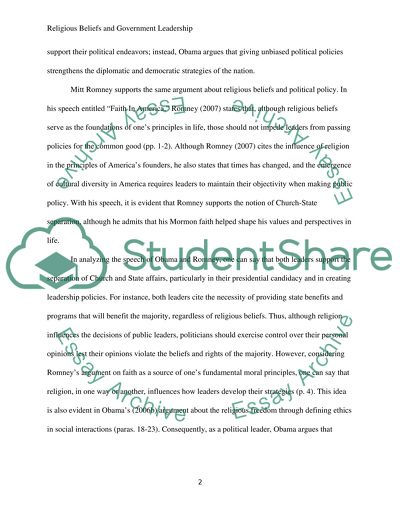Cite this document
(“Religious Beliefs and Government Leadership Research Paper”, n.d.)
Religious Beliefs and Government Leadership Research Paper. Retrieved from https://studentshare.org/religion-and-theology/1462712-religious-beliefs-and-government-leadership
Religious Beliefs and Government Leadership Research Paper. Retrieved from https://studentshare.org/religion-and-theology/1462712-religious-beliefs-and-government-leadership
(Religious Beliefs and Government Leadership Research Paper)
Religious Beliefs and Government Leadership Research Paper. https://studentshare.org/religion-and-theology/1462712-religious-beliefs-and-government-leadership.
Religious Beliefs and Government Leadership Research Paper. https://studentshare.org/religion-and-theology/1462712-religious-beliefs-and-government-leadership.
“Religious Beliefs and Government Leadership Research Paper”, n.d. https://studentshare.org/religion-and-theology/1462712-religious-beliefs-and-government-leadership.


